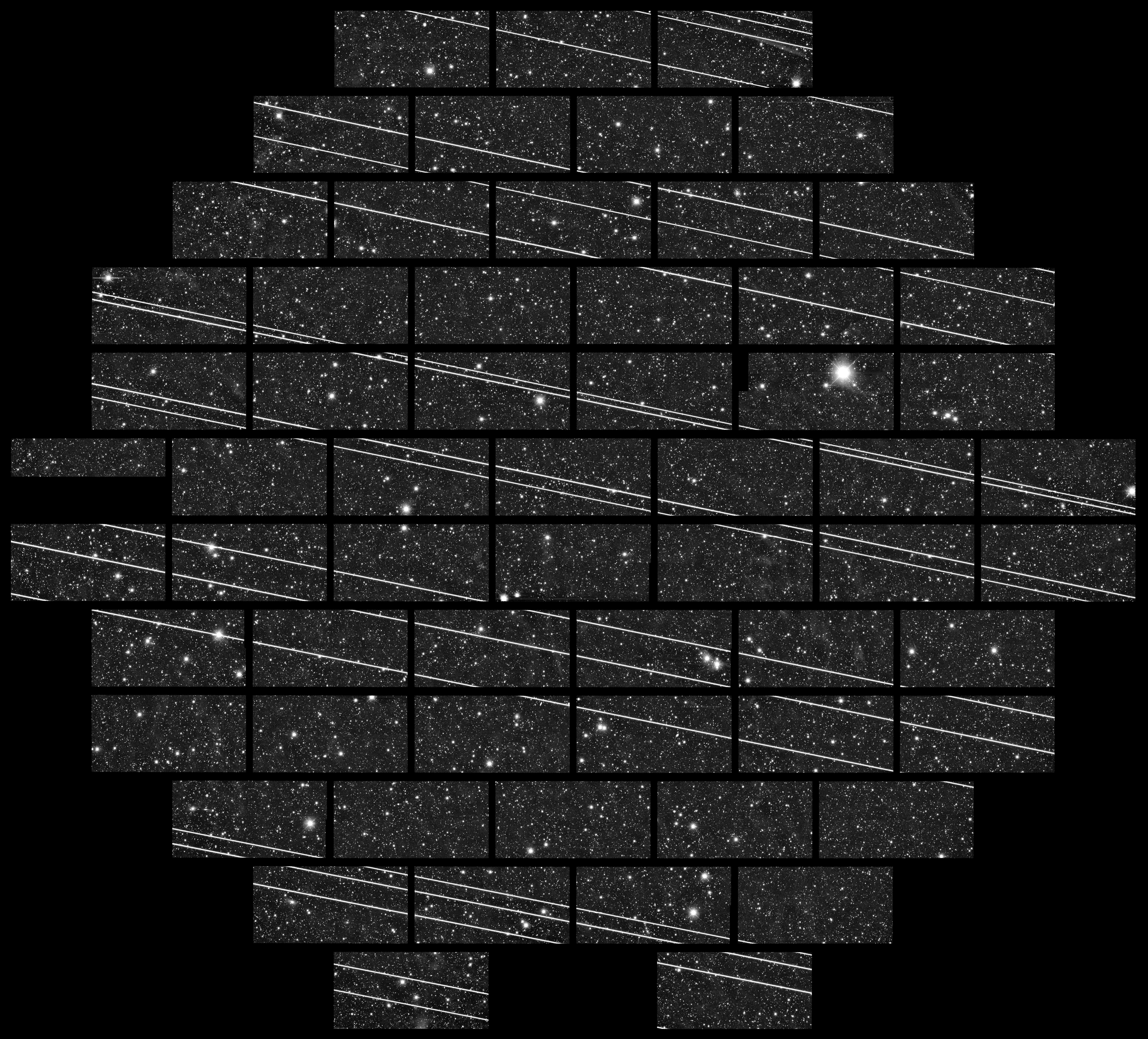National Monuments: a Rebuttal to Commentators who Support Trump’s Actions to Undo Public Lands Protections
This post is co-authored with Sean Hecht.
For the past three months, Secretary of the Interior Ryan Zinke has been reviewing some of the national monuments designated under the Antiquities Act by Presidents Obama, Bush, and Clinton. Since the end of last year, we and others at Legal Planet have been writing on the scope of presidential authority with regard to national monuments, frequently in response to commentators who have argued that President Trump can legally eliminate or shrink them.
In July, 121 law professors, citing the article we co-wrote with Eric Biber of UC Berkeley and Mark Squillace of the University of Colorado in the Virginia Law Review Online, submitted a letter to the Department of the Interior, concluding that any decision to undo or change a national monument must be made by Congress. (The two of us also submitted a separate comment letter to Secretary Zinke highlighting this and other issues.)
However, debate continues, while the Trump Administration continues its review of the monuments. In their latest salvo on the topic, Todd Gaziano of the Pacific Legal Foundation and John Yoo of UC Berkeley published an op-ed in the Los Angeles Times last month, arguing that the President can unilaterally undo national monument designations. They mischaracterize some of the legal arguments that we and others have made, so we thought it would be useful to provide a response. Ultimately, their conclusion is incorrect. Only Congress—not the President—has the power to abolish or diminish a national monument.
Article IV of the Constitution gives Congress exclusive responsibility for managing federally-owned property and territories. Congress granted some of this authority to the President in the Antiquities Act, which allows the President to “declare by public proclamation” national monuments to protect “historic landmarks, historic and prehistoric structures, and other objects of historic or scientific interest” on federal lands.. The Act says nothing about abolishing or diminishing monuments. Gaziano and Yoo assume that a President’s authority to act implies the ability to reverse that act. That may seem reasonable in other circumstances, but it is not the case here. Their analogies to other presidential powers, such as firing Cabinet officers or abrogating treaties, are based on different constitutional provisions and principles, and do not make sense in the context of public lands, where Congress holds the ultimate authority under Article IV.
Other public lands statutes from the late 19th and early 20th centuries expressly referred to executive branch authority to reduce or abolish reservations of public lands for specific purposes. The Antiquities Act, in stark contrast, does not. For example, the Forest Service Organic Act of 1897 specifically provided that the President could “reduce the area” or “vacate altogether” orders establishing forest reserves. The Pickett Act of 1910 similarly provided that reservations of public lands under that law could be “revoked” by the President. The Antiquities Act, however, is silent, suggesting that Congress kept for itself this constitutional authority over national monuments.
Congress further clarified its exclusive authority to abolish or diminish national monuments when it enacted the Federal Land Policy and Management Act of 1976 (FLPMA). FLPMA was a major overhaul of public lands policy, and related directly to the Antiquities Act, despite Gaziano and Yoo’s claim to the contrary. FLPMA streamlined various grants of power Congress had given to the executive branch to “withdraw” lands from mining, grazing, and other activities—but left the Antiquities Act in place. The House Committee that drafted these parts of FLPMA unambiguously stated in its report to the full House of Representatives that it understood the law to “specifically reserve to the Congress the authority to modify and revoke withdrawals for national monuments created under the Antiquities Act.”
Gaziano and Yoo also criticize the size and scope of recent national monuments. Yet Presidents have designated large monuments to protect natural wonders since the early days of the Antiquities Act, including the Grand Canyon (1908), Death Valley (1933), and Joshua Tree (1936), all of which were over 800,000 acres in size. The U.S. Supreme Court specifically approved the validity of the Grand Canyon National Monument in 1920.
For over a century, the Antiquities Act has empowered the President to act quickly to preserve important sites and landscapes and to ensure that the historic and scientific resources found there can be enjoyed by all people, rather than exploited for private gain. National monument designations do not permanently end the discussion, even if Presidents cannot unilaterally abolish them. They simply hold things in place, changing the status quo to conservation. If a monument is unnecessary or undesirable, Congress has the power to undo or redefine it. Gaziano and Yoo hypothesize a preposterous scenario of “permanent” monuments covering all federal land in California, Oregon, and Nevada—something clearly not envisioned in the law and that no one has suggested. But that scenario misses this point entirely. Everyone agrees that Congress retains the power to abolish or modify monuments, and it can do so whenever it thinks a presidential designation goes too far. Instead, Congress has ratified many presidential choices by converting monuments (including the Grand Canyon, as well as Death Valley, Joshua Tree, and Channel Islands in California) into national parks.
Finally, Gaziano and Yoo claim that “[n]o president is likely to significantly disturb a national monument that enjoys strong local support.” The Interior Department called for the public to weigh in on its plans, so that assertion is being put to the test. The public overwhelmingly supports protection of public lands, and national monuments in particular. The Center for Western Priorities examined public comments submitted in May, while the Department reviewed Bears Ears National Monument in Utah (created last year by President Obama). Overall, 96 percent of individual commenters, including 88 percent of self-identified Utahns, supported maintaining the national monuments under review.
Despite this strong local support, Secretary Ryan Zinke has recommended that President Trump re-draw the boundaries of Bears Ears. In his interim report on June 10, Secretary Zinke almost entirely ignored these comments, stating that while the public “expressed a variety of views” on the monument, “Federal and State elected officials from Utah strongly oppose the current [Bears Ears National Monument] boundary.”
The President should listen to the people and follow the law.
Reader Comments
One Reply to “National Monuments: a Rebuttal to Commentators who Support Trump’s Actions to Undo Public Lands Protections”
Comments are closed.






Gaziano and Yoo claim that “[n]o president is likely to significantly disturb a national monument that enjoys strong local support.”
Yep, Trump is “no president.”